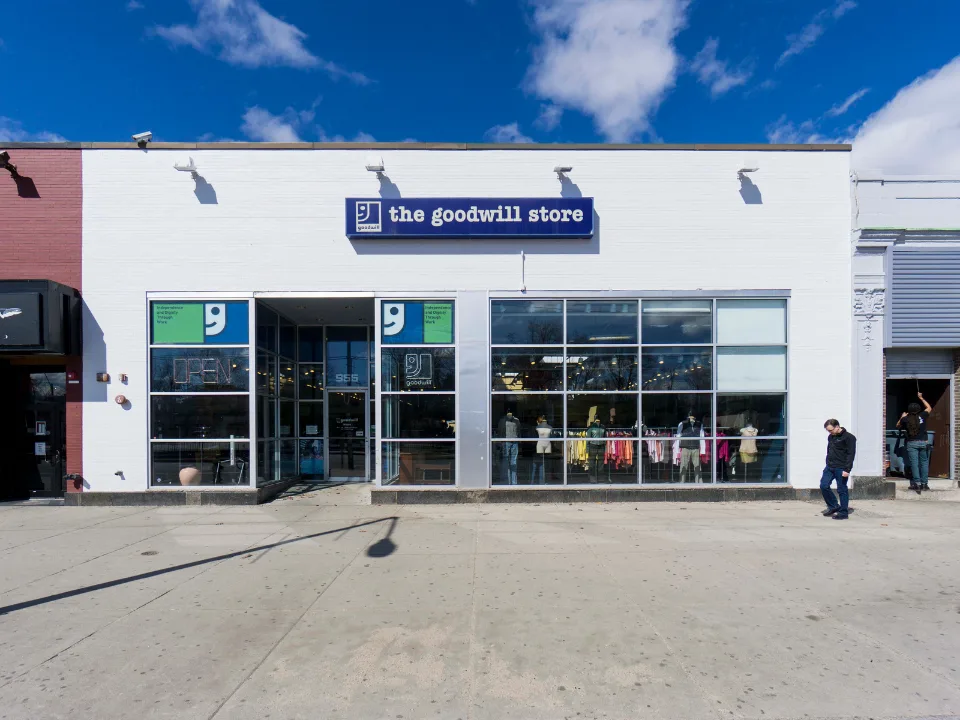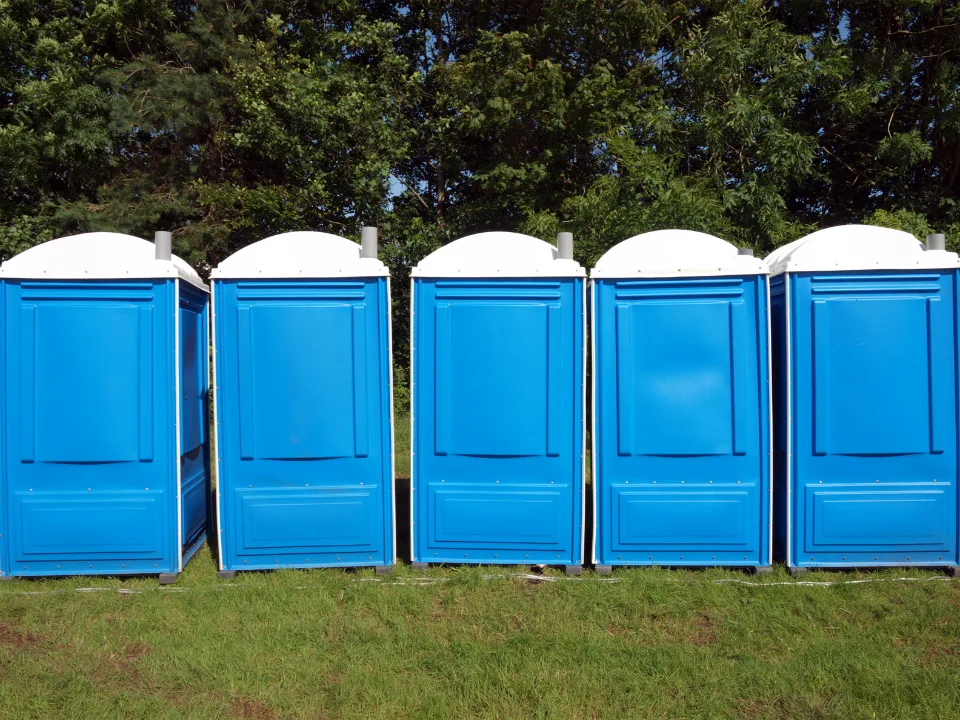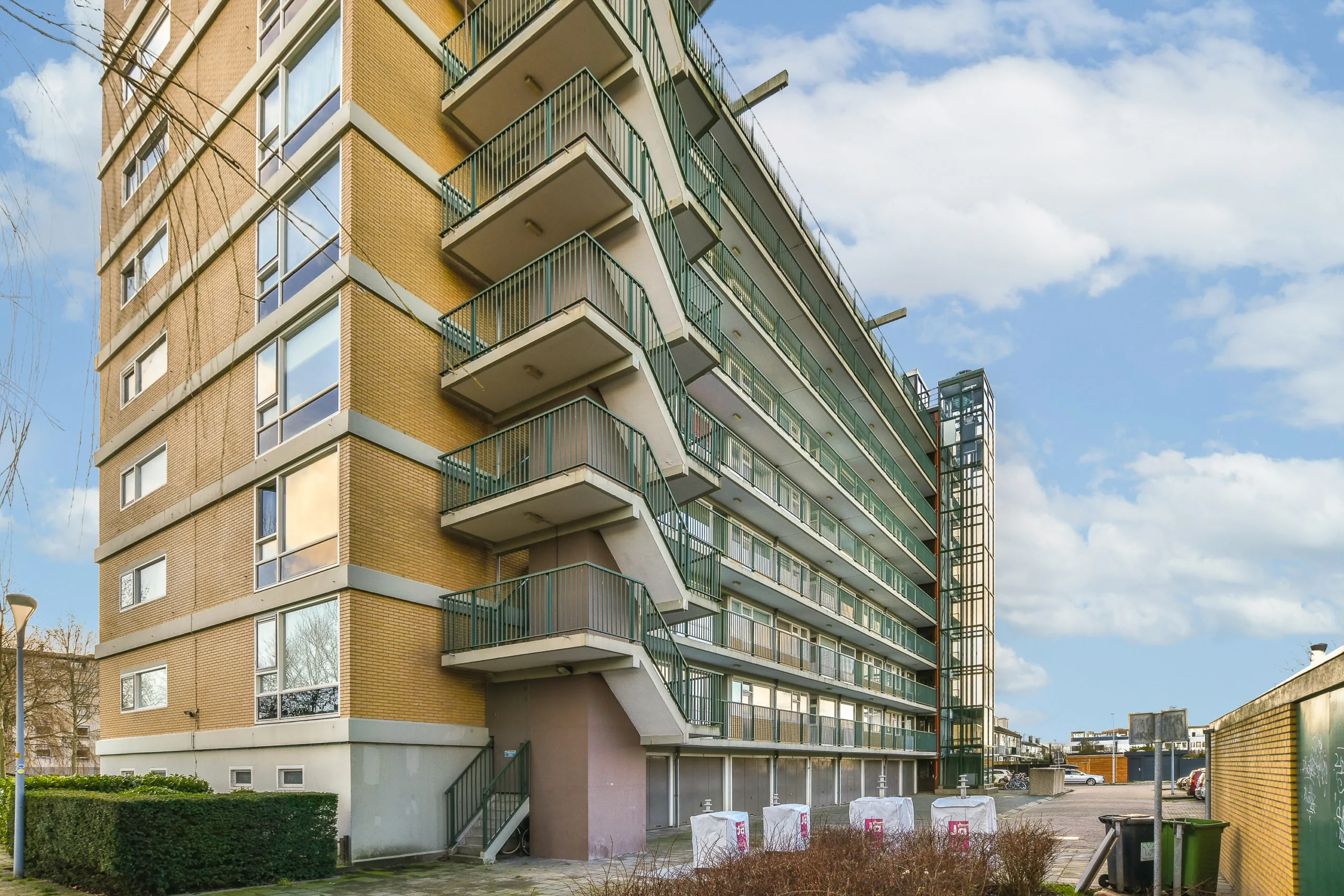- Major retailers like Burlington, Abercrombie & Fitch, and Boot Barn are continuing aggressive store expansion plans in 2025 and 2026.
- Retailers are capitalizing on vacant retail space from store closures to grow their physical footprints.
- Smaller-format and localized store concepts are gaining traction, especially in urban markets.
- Despite more closures than openings industry-wide, select chains see growth opportunities in a shifting retail landscape.
Expansion Amid Volatility
Despite cautionary tones in recent earnings calls about consumer pullback and tariff uncertainty, several US retailers are not slowing down their store expansion strategies, reports CoStar.
Off-price chain Burlington Stores, for example, reaffirmed its commitment to 100 net new openings in 2025, bolstered by its acquisition of 46 Joann Fabrics leases through bankruptcy proceedings. “The silver lining of the current volatile environment is that it’s likely to drive further consolidation,” said CEO Michael O’Sullivan, signaling confidence in capturing vacated space from liquidating chains.
Abercrombie’s Smaller, Sharper Footprint
Abercrombie & Fitch is also capitalizing on its momentum, projecting around 100 new “experiences” this year — 60 new stores and 40 renovations or relocations. The company expects a net gain of 40 stores in 2025. Emphasis has been placed on small-format locations, which have performed well in urban neighborhoods like Williamsburg in Brooklyn, New York.
COO Scott Lipesky noted, “Each neighborhood has its own vibe,” highlighting Abercrombie’s strategy to tailor offerings and layouts based on local demand and preferences.
Get Smarter about what matters in CRE
Stay ahead of trends in commercial real estate with CRE Daily – the free newsletter delivering everything you need to start your day in just 5-minutes
Boot Barn’s Nationwide Push
Boot Barn is similarly optimistic, closing fiscal 2025 with 60 new stores and targeting 65 to 70 more in fiscal 2026 — a 15% increase. The retailer now operates in 49 states and sees room to double its US store count. CEO John Hazen emphasized that new stores not only yield high returns but also boost national brand recognition.
Store Closures Still Surpass Openings
According to Coresight Research, 2025 is still on pace for more store closures (5,140) than openings (3,689), even with incremental increases in both week over week. Nonetheless, strategic players are using the reshuffling of retail real estate to their advantage.
Kohl’s, which closed 27 stores earlier this year, doesn’t plan major cutbacks but is reassessing leases as they expire, aiming for higher productivity across its remaining footprint.
Why It Matters
While overall store closures continue to outpace openings, opportunistic retailers are using current market conditions — including retail bankruptcies and lease terminations — to expand cost-effectively. These expansions reflect a recalibrated, more strategic approach to physical retail, even amid consumer and geopolitical uncertainty.
What’s Next
As economic conditions remain fluid, expect retailers with strong balance sheets and defined brand identities to continue seizing real estate opportunities. Off-price, specialty, and value-driven chains may emerge as leaders in physical retail, even as others contract or pivot toward digital.

















